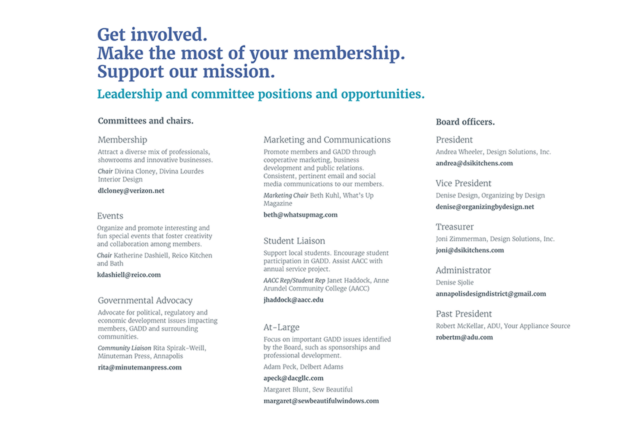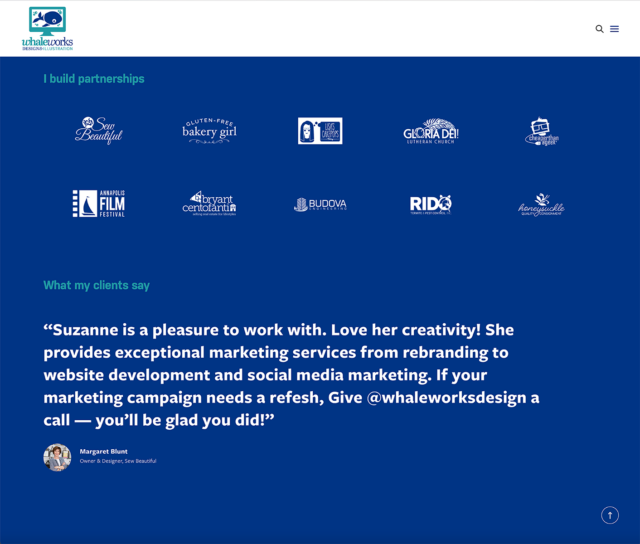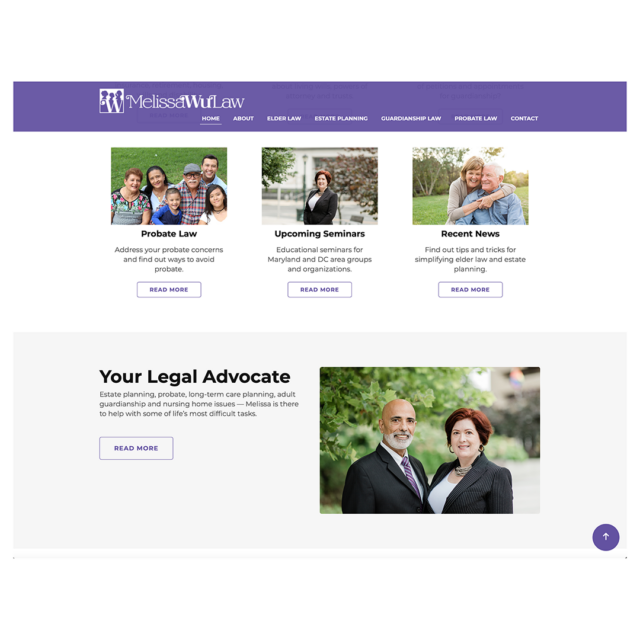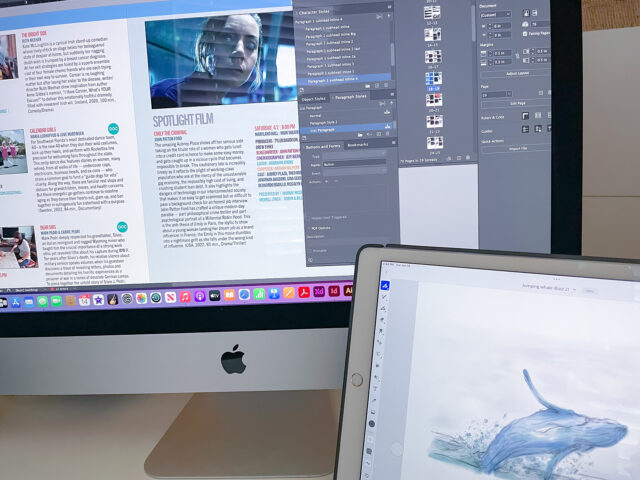Typography is part of your logo, makes up 95% of your website, is what your target audiences read to learn about you and your business, catches people’s attention on social media and brings in emails and phone calls from leads.


Typography is part of your logo, makes up 95% of your website, is what your target audiences read to learn about you and your business, catches people’s attention on social media and brings in emails and phone calls from leads.

SEO stands for search engine optimization, which makes your website, marketing content, videos, images and business listings easier for users to find on search engines.

Match the branding from your brand style guide. Use the specified colors, typefaces, photo and graphic styles, patterns, logo versions, alignments, sizing, spacing and tone (for copy writing).

Making sure that the brand strategy and visual system connect with the intended target audience(s).
Having data, analytics and reports that can be tracked fro brand performance.
Decreasing your business risks by being able to see, and react to, issues and trends.

Stay consistent with your industry, core goals, tone of voice, look and brand values with all content. Remain focused on “business” and move super “social” or off-brand content to your personal page.

A professional designer will maintain the business’ corporate identity, distribute effective content that gets the business noticed, implement an effective web sharing strategy, provide tools for business automation and reduce the business’ content noise.

A degreed and trained designer can bring experience, knowledge, quality, management skills and shortened turnaround times to projects that employees on staff may not be able to accomplish on their own.

Pick up website traffic through your business social media pages by promoting information that can be shared through many social networks.